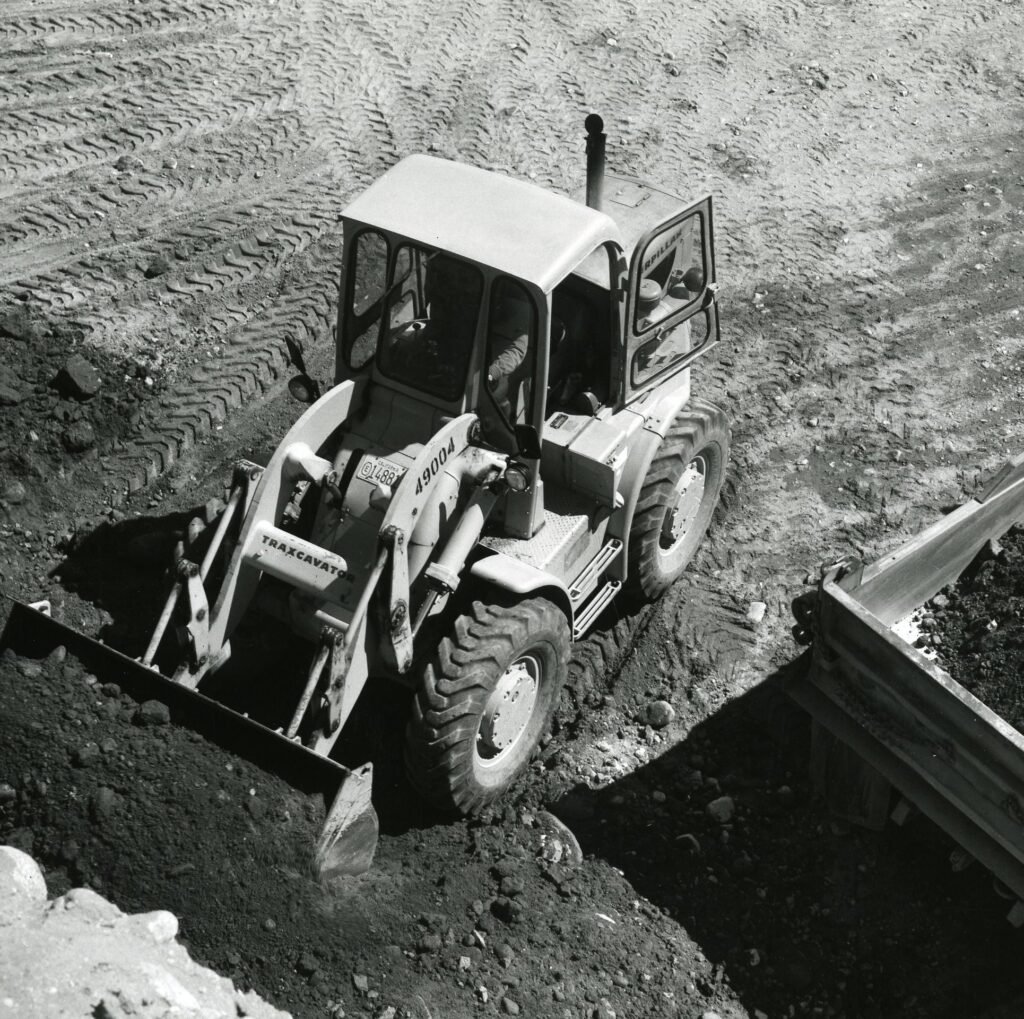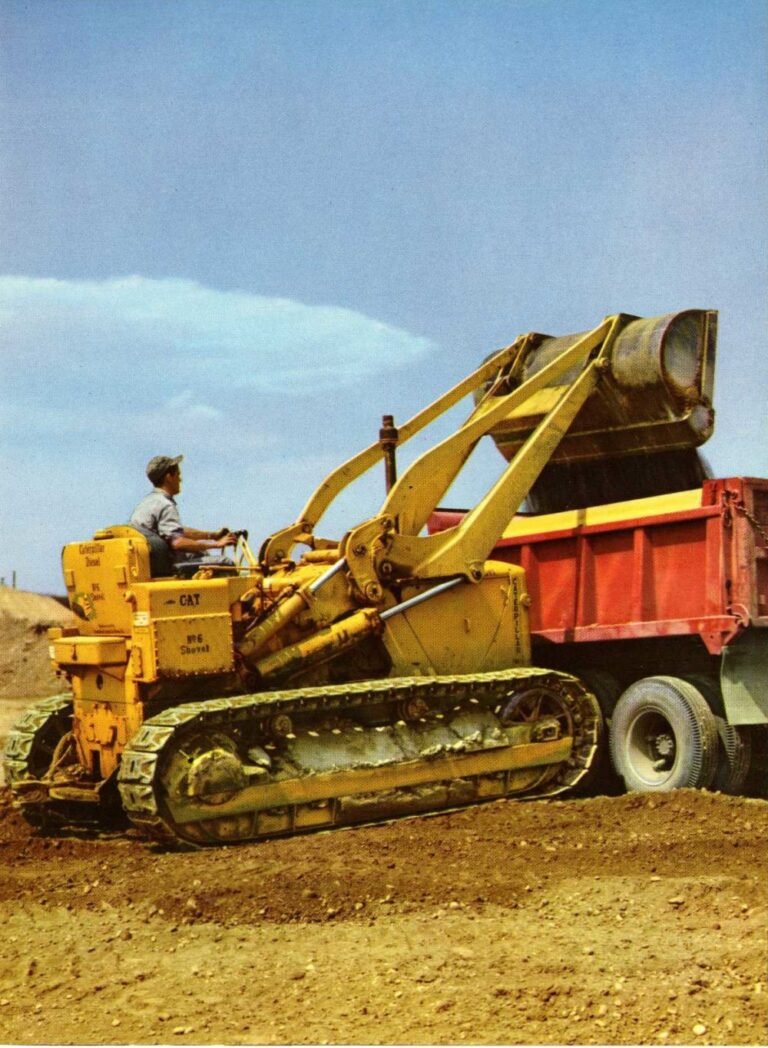
Caterpillar’s Traxcavator Celebrates 70 Years
The history of Cat’s No. 6 Shovel – also called the Traxcavator, tells the story of innovation and added value.

Caterpillar Has A History of Innovative Designs
Caterpillar, is known for creating innovative, value added solutions to market needs. For nearly six decades, Caterpillar has infused Cat DNA which is a blend of art and engineering to give form to the function and technology of Cat products. The history of Cat’s No. 6 Shovel – also called the Traxcavator, certainly tells that story.
70 Years ago, the Traxcavator was conceived and constructed as a complete integrated tractor shovel rather than a tractor plus attachment. The design’s engineering innovation gave the two-yard-capacity machine excellent balance and stability, while its low overall height allowed it to operate in areas of restricted clearance. Other technology advancements, such as a raised seat giving the operator easy line-of-sight to the bucket, increased productivity and safety.
Leonard Scharringhausen owned a gravel pit near Arlington Heights, Illinois, in 1952. He purchased one of the first No. 6 shovels from Cat® dealer Patten about a year before it was manufactured. Just one week after the new machine delivered, Mr. Scharringhausen sang its praises.
“It’s doing all I expected of it and even more … I bought this machine sight unseen strictly on Caterpillar’s reputation alone,” the happy customer reported in the April 1953 edition of Caterpillar’s employee magazine, News… and Views.
The very first No. 6 Shovel took its place at the 35-acre gravel pit along with the rest of Scharringhausen’s Caterpillar fleet, including a Link-Belt shovel powered by a Cat diesel D318 and a Cat D4. But Scharringhausen wasn’t the only one to purchase the No. 6 shovel prior to production.
 Patten General Manager R.S. Patten said, “Before our first No. 6 was delivered, we had seven signed orders due to dealer and Caterpillar name preference.”
Patten General Manager R.S. Patten said, “Before our first No. 6 was delivered, we had seven signed orders due to dealer and Caterpillar name preference.”Indeed, the interest in the new machine was strong. During the first week of the new Shovel’s operation, more than 50 contractors made trips to Scharringhausen’s gravel pit to see it work.
Scharringhausen said, “If Patten Tractor & Equipment would display 25 No. 6 Shovels at my gravel pit, I’d sell all of them myself in a couple of months.”
The No. 6 Shovel was eventually replaced by the No. 977D, which took center stage as the largest in the group of Traxcavator track loaders in late 1955 – built on the success of the No. 6 machine.
The Cat 977D continued into the 1960s as an upgraded series with more horsepower and larger-capacity buckets.
While product design at Caterpillar originated with the company founders in the late 1800s, it wasn’t until 1958 that a dedicated team was assembled to influence a consistent look and feel across the product lines. Watch the video below to see the evolution of product design at Caterpillar.




